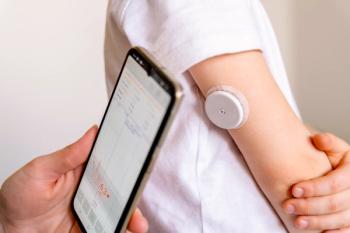
Study: To Improve T-Cell Counts, Initiate ART Early
Beginning therapy within 12 months of HIV detection associated with lower AIDS risk.
Beginning therapy within 12 months of HIV detection associated with lower AIDS risk.
Beginning antiretroviral therapy (ART) within a year of HIV being detected in the blood allows a larger percentage of patients to achieve normal CD4+ T-cell counts, new research suggests.
Beginning ART within 12 months of HIV detection was also associated with lower AIDS risk, reduced T-cell activation, and increased responsiveness to hepatitis B vaccination. The study appeared online November 24, 2014 in JAMA Internal Medicine.
“The immune system can be reconstituted most effectively and durably if ART is initiated quickly after infection,” senior author Sunil K. Ahuja, MD, said in a press release. “While the practice has been to generally defer ART till CD4+ counts decline to less than 500 cells per cubic millimeter, our results suggest that any delay in ART, even in people maintaining higher levels of CD4+counts impairs their ability to subsequently normalize CD4+ T-Cell counts.”
Researchers examined the timing of ART relative to HIV infection to assess its affect on CD4+ T-cell counts, risk of AIDS development, and immune function. The study cohort included participants in the US Military HIV Natural History Study, who had achieved virologic suppression.
Among the 1119 HIV-infected patients, 38.4% achieved CD4 normalization after initiating ART within 12 months of HIV detection in the blood stream. CD4 normalization was only achieved in 28.3% of participants who initiated ART after 12 months from HIV detection.
Odds of CD4+ normalization were lower in patients who initiated ART after 12 months regardless of CD4 count when they entered the study, researchers noted.
Current treatment recommendations focus on virus suppression. The researchers suggest including normal T-cell counts as a goal as well.
“Drug regimes have become much more potent, so it is possible to suppress HIV quite easily,” Jason F. Okulicz, MD, a first author of the study, said in a press release. “We are suggesting that achieving normalization of immunologic health comparable to that of an uninfected person, and making it stick for the long term, is also a critical goal. Conceivably, this level of normalization of CD4 counts will associate with a dampening of the risk for non-AIDS-related diseases we see frequently in our patients.”
Newsletter
Stay informed on drug updates, treatment guidelines, and pharmacy practice trends—subscribe to Pharmacy Times for weekly clinical insights.





















































































































































































































